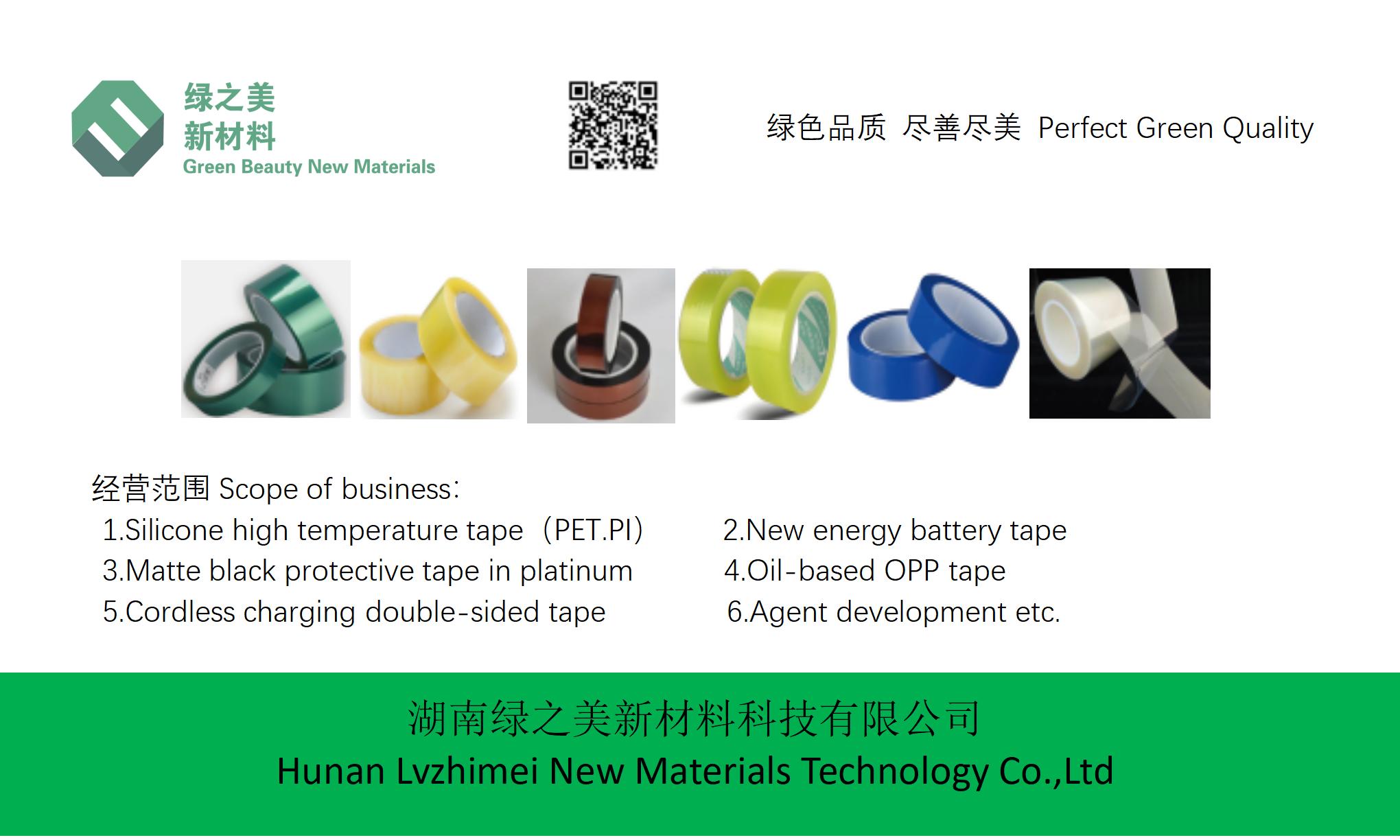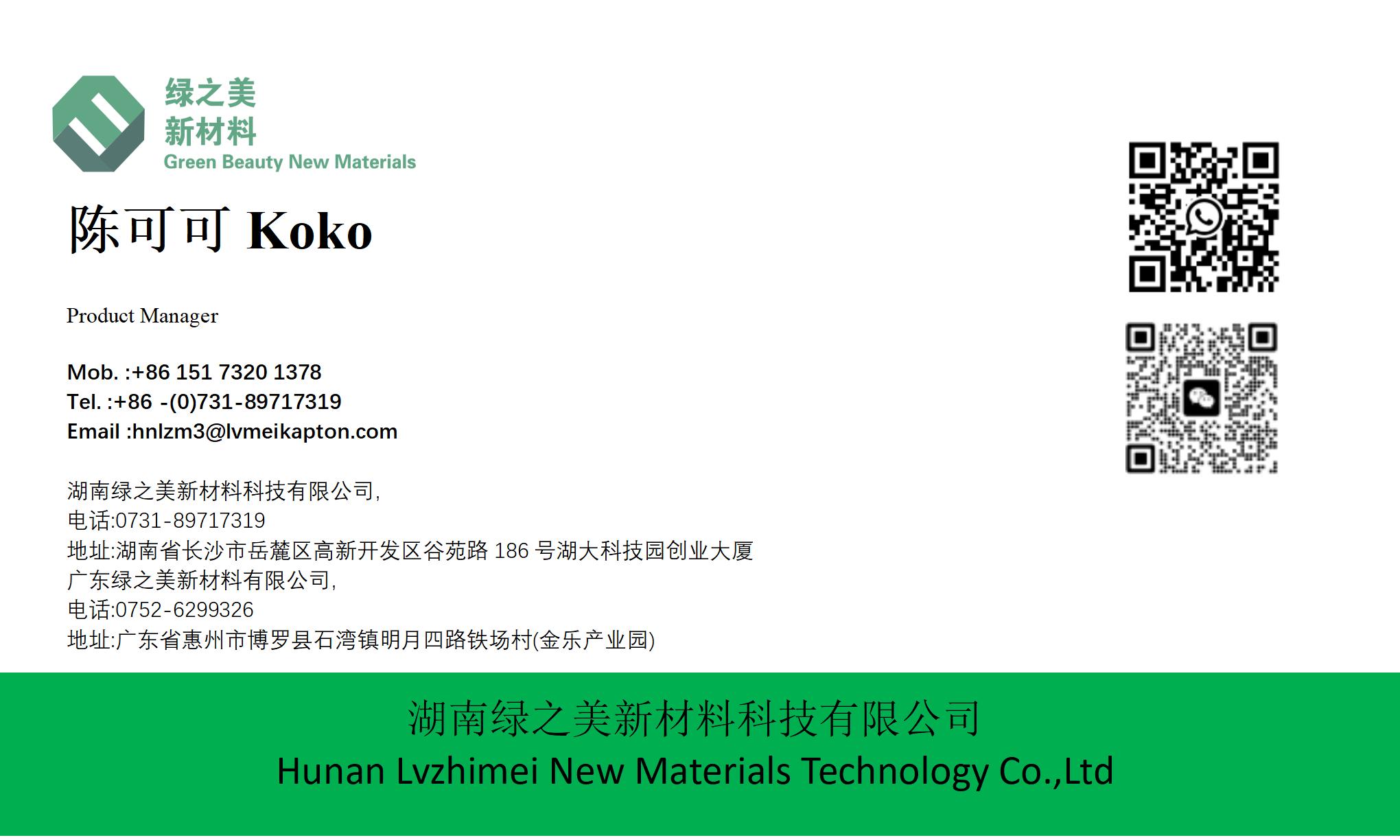hnlzm@lvmeikapton.com
+86 13787123465


Hunan Lvzhimei New Material Technology Co., Ltd.


NameDescriptionContent
How to Achieve EMI Shielding in 5G Devices with LVMEIKAPTON Insulating Electrical Tape? |https://www.lvmeikapton.com/
Source:
|
Author:Koko Chan
|
Published time: 2025-04-18
|
1 Views
|
Share:
As the fifth-generation (5G) communication technology proliferates, the demand for higher data rates and faster transmission speeds has led to increased complexity in device design. However, this advancement also introduces challenges in electromagnetic interference (EMI) management. EMI shielding plays a critical role in ensuring device reliability and compliance with international standards. This article explores how LVMEIKAPTON insulating electrical tape, specifically Gold Finger Electronics Polyimide Tape Kapton, can effectively mitigate EMI in 5G devices.


How to Achieve EMI Shielding in 5G Devices with LVMEIKAPTON Insulating Electrical Tape
IntroductionAs the fifth-generation (5G) communication technology proliferates, the demand for higher data rates and faster transmission speeds has led to increased complexity in device design. However, this advancement also introduces challenges in electromagnetic interference (EMI) management. EMI shielding plays a critical role in ensuring device reliability and compliance with international standards. This article explores how LVMEIKAPTON insulating electrical tape, specifically Gold Finger Electronics Polyimide Tape Kapton, can effectively mitigate EMI in 5G devices.
The Importance of EMI Shielding in 5G Devices5G devices operate at higher frequencies (e.g., 28 GHz to 39 GHz) compared to previous generations, resulting in increased susceptibility to EMI. Electromagnetic waves generated by high-speed circuits can leak into other components, causing signal degradation, data loss, and potential safety hazards. To address these issues, EMI shielding aims to:
1.
Contain internal emissions to prevent interference with nearby devices.
2.
Block external radiation to maintain signal integrity.
3.
Comply with regulatory requirements (e.g., FCC Part 15, CE Marking).
Challenges in 5G EMI ShieldingDesigning effective EMI shielding solutions for 5G devices involves overcoming several challenges:
●
Miniaturization: Compact designs leave limited space for traditional shielding materials.
●
High frequencies: EMI leaks increase at millimeter-wave frequencies due to the wavelength reduction.
●
Signal integrity: Shielding must not degrade high-speed signals (e.g., >10 Gbps).
●
Thermal management: 5G components generate heat, requiring materials with high thermal resistance.
LVMEIKAPTON Insulating Electrical Tape: Key FeaturesLVMEIKAPTON tape, a premium polyimide-based solution, offers unique advantages for EMI shielding in 5G devices:
1.
Excellent electrical insulation: The tape’s dielectric properties (low dielectric constant and loss tangent) minimize signal loss.
2.
High thermal stability: Withstanding temperatures up to 260°C, it ensures reliability in high-heat environments.
3.
Flexible and durable: Conforming to complex geometries without cracking, it provides long-term protection.
4.
EMI shielding effectiveness: Metalized versions (e.g., aluminum-coated) offer up to 80 dB shielding at GHz frequencies.
5.
Compatibility: Adheres to various substrates (PCB, metal, plastics) with low adhesive residue.
Step-by-Step Implementation GuideAchieving effective EMI shielding with LVMEIKAPTON tape requires a systematic approach:
Step 1: Material SelectionChoose the appropriate LVMEIKAPTON variant based on device requirements:
●
For high-frequency applications: Metalized tapes (LVMEIKAPTON + aluminum foil).
●
For thermal management: Standard polyimide tape with heat-resistant adhesive.
●
For cost-effective solutions: Partially metallized options (e.g., edge shielding).
Step 2: Surface PreparationClean the shielding area thoroughly to remove dust, oils, or oxides using isopropyl alcohol and lint-free wipes. Ensure surfaces are dry and flat for optimal adhesion.
Step 3: Tape Application
1.
Wrap-around technique: For cable shielding, apply tape in a helical pattern with 50% overlap.
2.
Gasket replacement: Use LVMEIKAPTON tape as a conductive gasket for seams and joints.
3.
Partial shielding: Target critical components (e.g., antennas, RF modules) with precise tape application.
4.
Grounding: Connect the tape to the device’s chassis or ground plane using conductive adhesive or soldering.
Step 4: Verification and TestingPerform EMI measurements using a spectrum analyzer or near-field probe to assess shielding effectiveness. Key metrics include:
●
Shielding effectiveness (SE) at target frequencies.
●
Insertion loss across the operating bandwidth.
●
Surface resistance and continuity of the shielded layer.
Case Study: LVMEIKAPTON Application in a 5G Base StationA leading telecom equipment manufacturer integrated LVMEIKAPTON tape into a 5G base station’s RF module. By applying the tape around the module edges and grounding it via conductive adhesive, they achieved:
●
SE improvement: 70 dB at 30 GHz (vs. 50 dB without shielding).
●
Signal integrity: Maintained BER <10^-12 for 25 Gbps data streams.
●
Cost savings: Reduced component size by 15% compared to traditional metal shields.
Advanced Techniques with LVMEIKAPTONFor enhanced performance, consider these strategies:
1.
Hybrid shielding: Combine LVMEIKAPTON tape with conductive paints or meshes.
2.
Layering: Stack multiple tapes (e.g., metalized + non-metalized) for multi-frequency protection.
3.
Design optimization: Use finite element analysis (FEA) to identify EMI hotspots and optimize tape placement.
Table: LVMEIKAPTON vs. Traditional EMI Shielding Materials
Property | LVMEIKAPTON Tape | Metal Can Shields | Conductive Fabric |
Weight | Ultra-light (≤0.1 mm thickness) | Heavier (~1-2 mm) | Medium |
Flexibility | Excellent | Poor | Good |
SE at 30 GHz | 70-80 dB | 80-90 dB | 40-60 dB |
Cost | Moderate | High | Low |
Thermal Resistance | Up to 260°C | Limited to 150°C | Up to 200°C |
ConclusionLVMEIKAPTON insulating electrical tape offers a versatile, cost-effective solution for EMI shielding in 5G devices. By leveraging its electrical, thermal, and mechanical properties, engineers can overcome the challenges of high-frequency design while maintaining signal integrity and regulatory compliance. As 5G technology continues to evolve, LVMEIKAPTON tape will remain a critical component in ensuring reliable, interference-free communication systems.



Hunan Lvzhimei New Material Technology Co., Ltd.
Quick Links
Product Categories
© 2024 Hunan Lvzhimei New Material Technology Co., Ltd.All Rights Reserved. Designed by Erge
0731 - 89717319
hnlzm@lvmeikapton.com
+86 13787123465
Room 502, Chuangye Building, No186, Guyuan Road, High-Tech District, Changsha, Hunan, China
CONTACT



